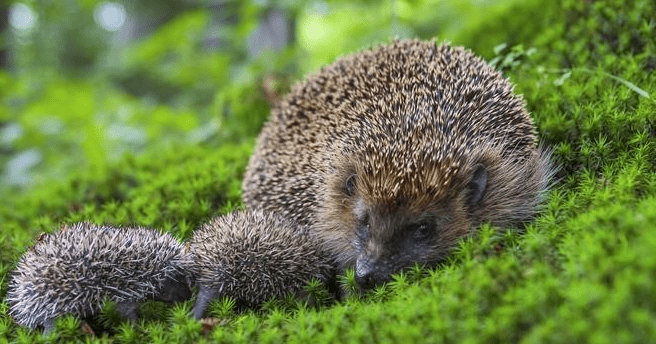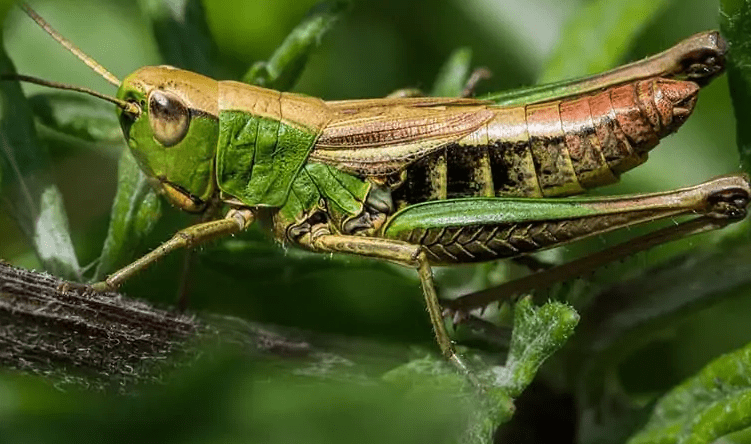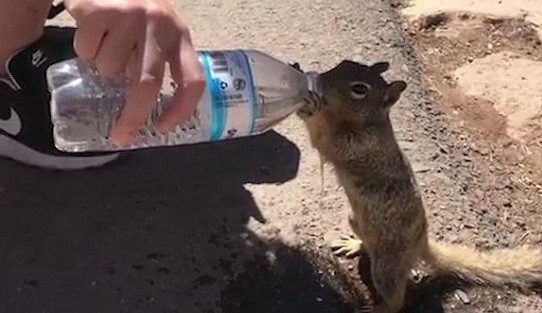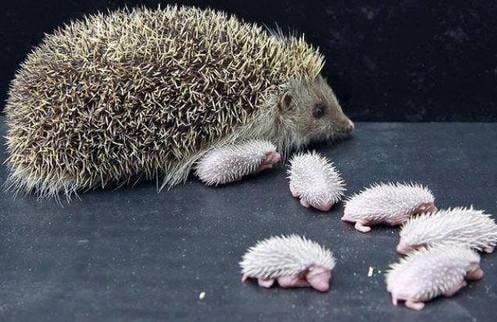Hibernation is important for many animals to survive the cold season. In addition to bears, the quintessential hibernating animal, these include bats, marmots and, of course, hedgehogs. These insectivores depend on this form of winter rest to survive until the next spring. Many people wonder when the Hedgehogs begin their dormant phase and how long it lasts.
Contents
Why do hedgehogs hibernate?
Winter is hard on animals of the same temperature, especially mammals and birds, and a lot of energy is needed to survive the cold temperatures. Since hedgehogs are insectivores, they do not find food for several months and for this reason they have to go into winter sleep. In addition, the following causes trigger this behavior.
- spiny coat: hedgehogs have traded warming fur for their spines, which results in greater heat loss
- hormonal changes, especially in females
- shorter days
- cold weather
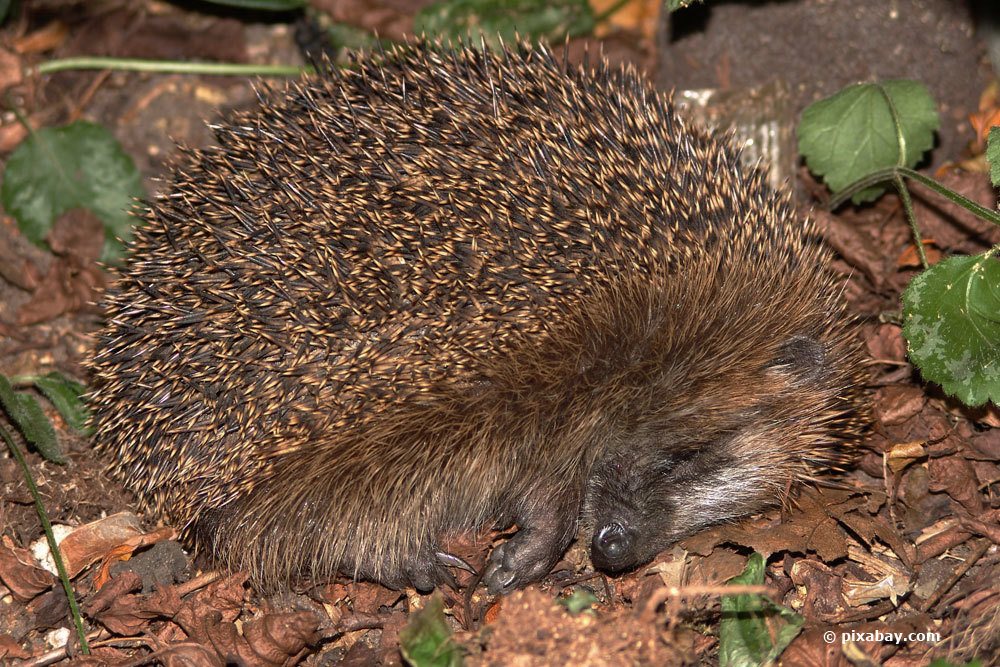
Hibernation
During hibernation, the animal shuts down its bodily functions to such an extent that it does not need to go to the toilet, eat or drink. As a result, it saves energy that it previously absorbed through food and stored as fat. It should be noted that hedgehog species in Western and Central Europe often hibernate intermittently, i.e. deep hibernation. The warmer the corresponding region, the greater the chance of hibernation, likewise in Europe. With this it can happen that the animal wakes up and falls asleep every now and then. The deep hibernation, however, is actually typical.
Tip: Did you know that hedgehogs in hot, dry areas do not go through hibernation, but another condition called torpor. This is a rigidity that occurs during dry periods and effectively protects the hedgehog from an acute lack of water and food, but less so from predators.
Timing
When hedgehogs go to sleep is critically related to the region and weather. The onset of winter is crucial, but the fat pad is even more important for the animals. Hedgehogs try to accumulate the fat depot until long-lasting temperatures of 5°C, at which time at the latest they retreat to their winter quarters. However, this time is not ideal and many of the animals retreat between 6°C and 11°C, as the risk of hypothermia is still low here. There are clear differences between the sexes and the age of the animals in relation to the time.
Males
- male hedgehogs are the first to retreat to their winter quarters
- the time for this is mostly already at the beginning of October, but in especially cold regions like Scandinavia already September is used for this purpose
- the males disappear first and curl up for the winter, because they don’t have to recover from a possible pregnancy and rearing of young like females do
- for this reason they can devote themselves entirely to foraging, which quickly leads to the required fat cover
Females
- females usually choose their winter quarters a little later, because they have to recover from raising the young and do not have so much time to search for food
- typically they are usually one to two weeks later than the male hedgehogs
young animals
- when young animals go into winter quarters depends very much on their weight
- as the young animals still have to put on a lot of weight, the search for food for the cushion usually takes longer
- so it is not uncommon for young hedgehogs to still be foraging at the end of October
- but the chances of hypothermia increase considerably the longer the young animals wander outside
- young hedgehogs must first gain a weight of at least 500 g to 700 g to survive the winter.
Compared to the young, the minimum weight of an adult hedgehog, regardless of sex, is about 1,000 grams, although more is always better. If the animals weigh only 700 grams, they are already considered emaciated in terms of hibernation. When they then move into their quarters for the winter is uncertain and can be greatly delayed.

Tip: You can help young animals a little with the food they need if you know that there are hedgehogs around. To do this, just provide a bowl of oatmeal or wheat bran and cat or hedgehog food to help with weight gain.
Duration
How long hedgehogs stay in their hiding place also depends on the temperature. Generally speaking, hedgehogs face long weeks from November to April, when they will starve themselves down to around 200 grams or a little more.
The typical course of hibernation as follows:
- after the animals have moved into their quarters, they fall into a twilight sleep
- at body temperatures of 0°C they go into hibernation completely
- only about two percent of the metabolism is still functioning
- however, sensory organs and organs for survival remain fully functional
- when the body temperature rises again to about 30°C, the animals slowly awaken
- then they start to move again until they reach their normal body temperature of 34°C
Since hibernation lasts quite a long time, disturbances can lead to an interruption of sleep. This can have fatal consequences, because the animals burn a lot of energy when they wake up in winter, especially the young ones. For this reason, the hedgehogs must not be disturbed in winter, as the chance of survival is greatly reduced in such incidents. You can help the animals out by setting up winter quarters that are undisturbed by possible predators or troublemakers, especially cats and dogs. This way, the insectivores can return to daylight healthy and undisturbed after about five months.


